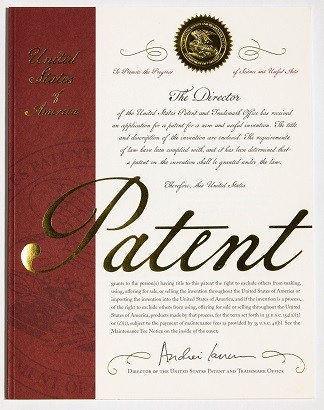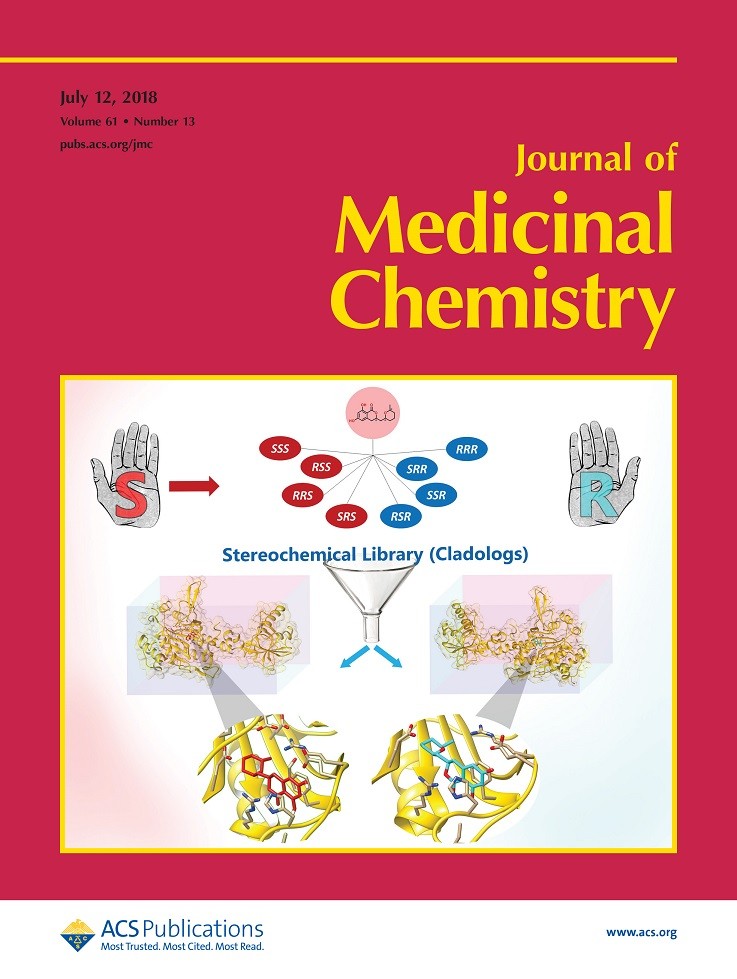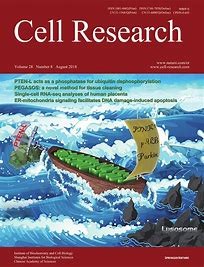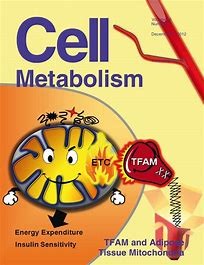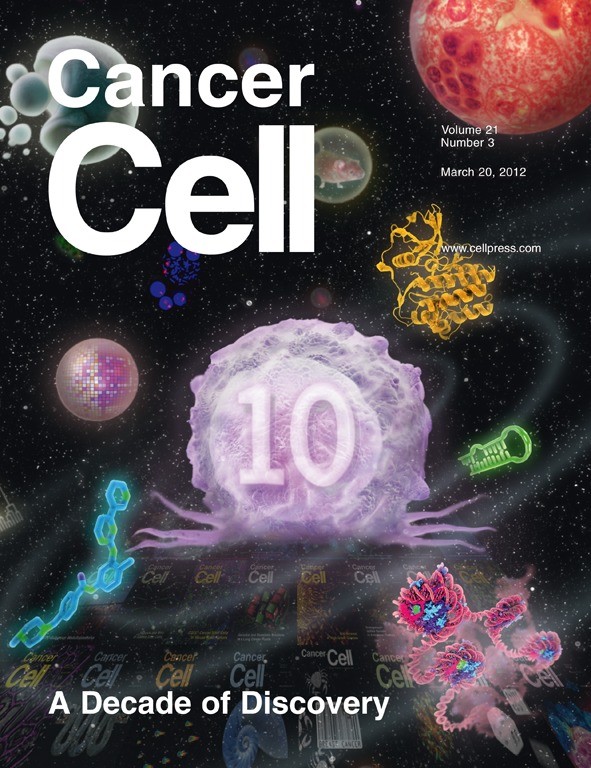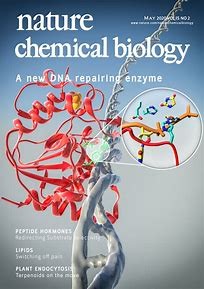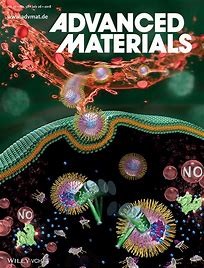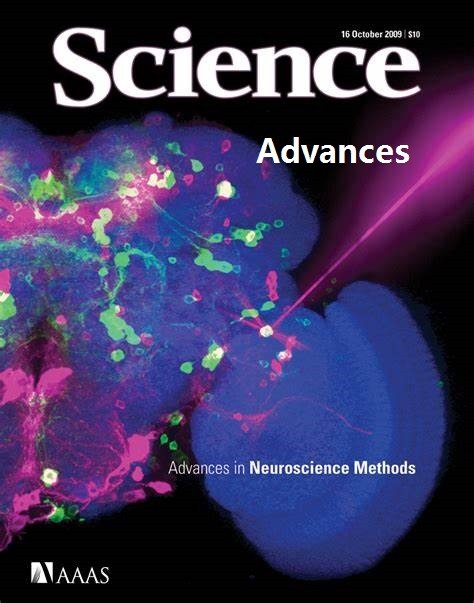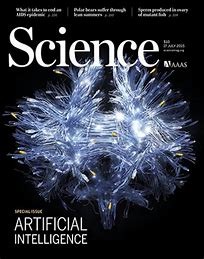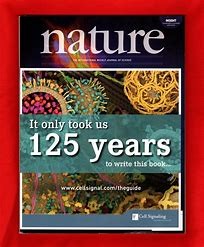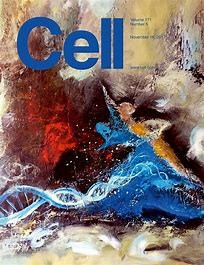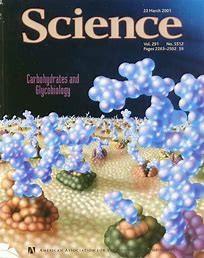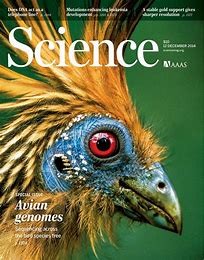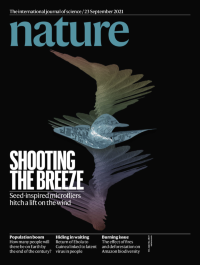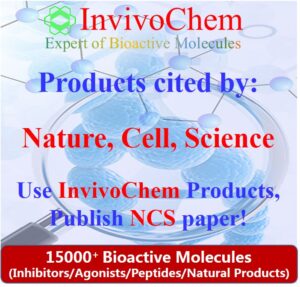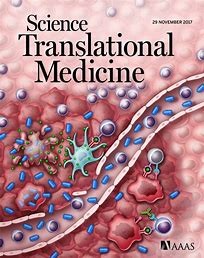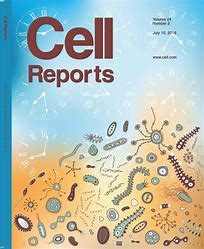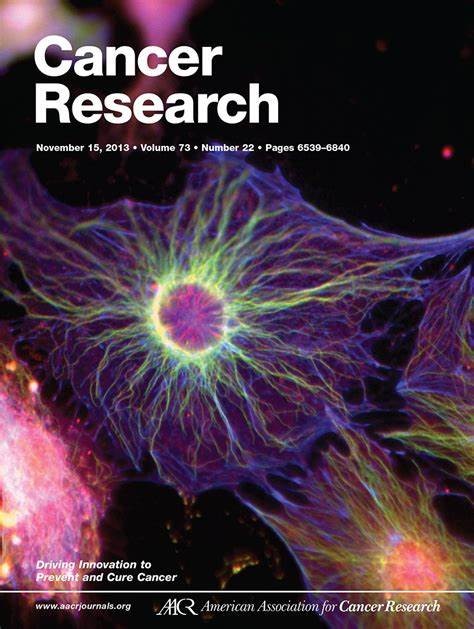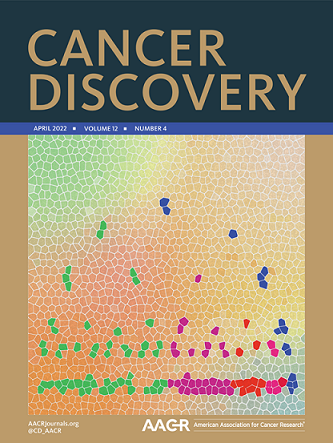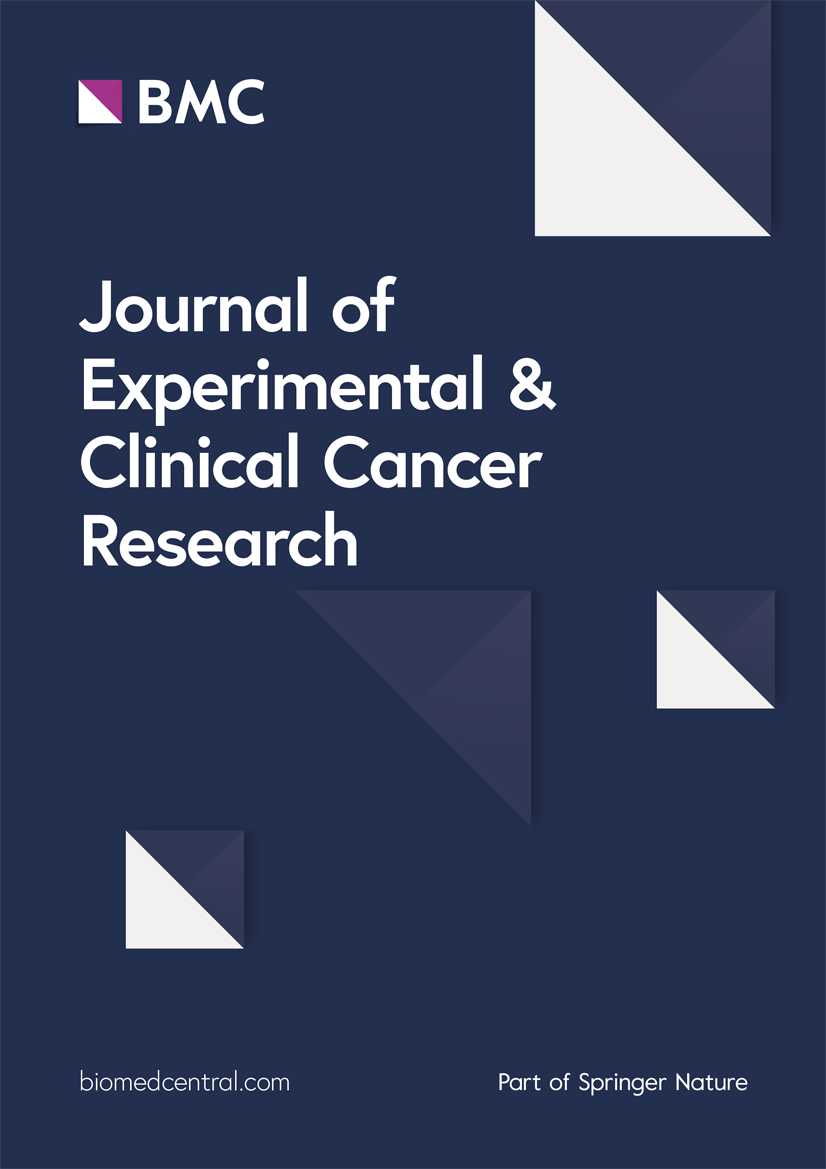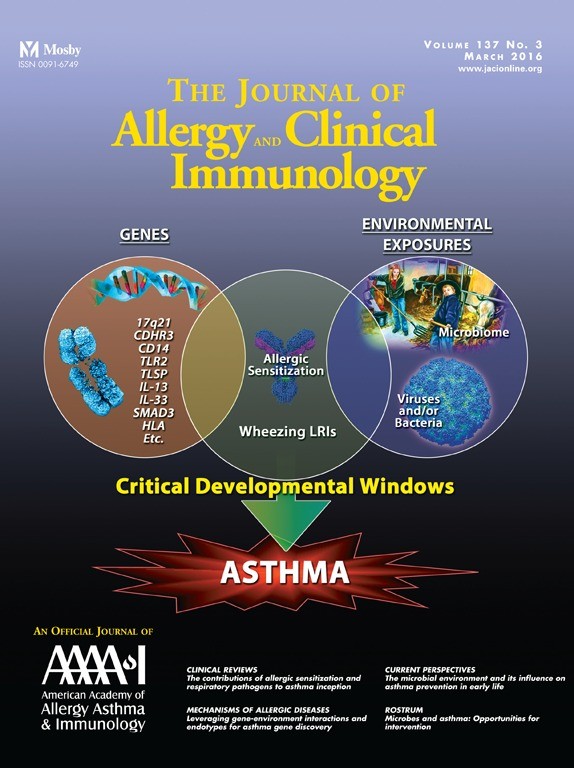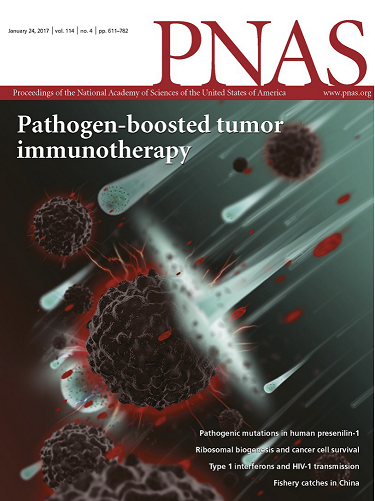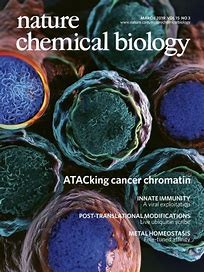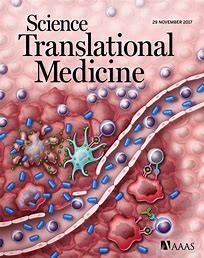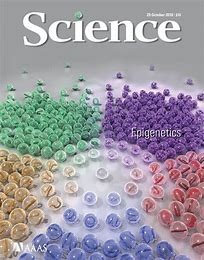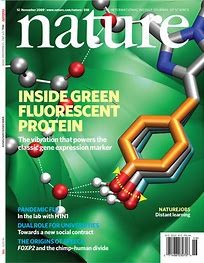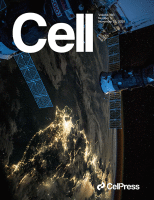This product is for research use only, not for human use. We do not sell to patients.

| Size | Price | Stock |
|---|---|---|
| 10mg | $200 | To Be Confirmed |
| 25mg | $340 | To Be Confirmed |
| 50mg | $510 | To Be Confirmed |
| 100mg | $769 | To Be Confirmed |
| 250mg | $1340 | To Be Confirmed |
| 500mg | $1950 | To Be Confirmed |
Cat #: V4875 CAS #: 1019889-35-0 (lactate) Purity ≥ 98%
Description: Onalespib (formerly also known as AT13387; AT-13387) is an orally bioavailable small-molecule Hsp90 inhibitor (IC50 = 18 nM in A375 cells) with long-lasting anti-tumor activity. AT13387 selectively binds to Hsp90, thereby inhibiting its chaperone function and promoting the degradation of oncogenic signaling proteins involved in tumor cell proliferation and survival. Hsp90, a chaperone protein upregulated in a variety of tumor cells, regulates the folding, stability and degradation of many oncogenic signaling proteins.
Publications Citing InvivoChem Products
Product Promise

- Physicochemical and Storage Information
- Protocol
- Related Biological Data
- Stock Solution Preparation
- Quality Control Documentation
| CAS No. | 1019889-35-0 (lactate) |
|---|---|
| Storage | -20℃ for 3 years in powder form |
| -80℃ for 2 years in solvent |
| Protocol | In Vitro | In vitro activity: The Kd for AT13387 binding is 0.7 nM. This compares to a Kd of 6.7 nM for the binding of the ansamycin 17-AAG to the same site. The mean stoichio metry of binding for AT13387 is 1.03. The inhibition of a number of isolated kinases by AT13387 is also investigated including CDK 1, CDK 2, CDK4, FGFR3, PKB-b, JAK2, VEGFR2, PDGFRβ and Aurora B. None of the tested kinases are significantly inhibited at concentrations below 30 μM. AT13387 is a potent inhibitor of the proliferat ion and survival of many different cell lines (such as MES-SA cell line) from a variety of different tumor types. Across a panel of 30 tumor cell lines, AT13387 potently inhibits cell proliferation with GI50 values in the range 13-260 nM. AT13387 inhibits proliferation of the non-tumorigenic human prostate epithelial cell line PNT2 with a GI50 value of 480 NM. Kinase Assay: Kd values for AT13387 binding to HSP90 are determined with a competition Isothermal Calorimetry (ITC) format. ITC experiments are performed on a Micro Cal VP-ITC at 25 °C in a buffer comprising 25 mM Tris, 100 mM NaCl, 1 mM MgCl2 and 1 mM Tris(2-carboxy- ethyl)phosphine at pH 7.4 in order to maintain the higher affinity. Cell Assay: The human cell lines including A375, 22RV1, T474, DU1 45, LNCa P, MCF-7, DA-MB-468 are seeded into 96-well plates before the addition of AT13387 in 0.1% (v/v) DMSO. GI50 are determined using a 10-point dose response curve for three cell doubling times. After AT13387 incubation 10% (v/v), Alamar blueis added, and cells are incubated for a further 4 hours. Fluorescence is read. |
|---|---|---|
| In Vivo | When given on an intermittent basis, AT13387 could be tolerated at doses of up to 70 mg/kg twice weekly or 90 mg/kg once weekly. Body weight loss in mice does not exceed 20% before recovering in all cases except one, and loss is highest following the second dose. Tumor growth inhibition is similar in NCI-H1975 for both dosing regimens. The maintenance of antitumor effects with such a prolonged off-treatment period is consistent with the extended pharmacodynamic action of AT13387 observed for mutant EGFR and other biomarkers in vitro and in vivo and the extended retention of AT13387 in tumors. | |
| Animal model | Athymic BALB /c mice |
This equation is commonly abbreviated as: C1 V1 = C2 V2
- (1) Please be sure that the solution is clear before the addition of next solvent. Dissolution methods like vortex, ultrasound or warming and heat may be used to aid dissolving.
- (2) Be sure to add the solvent(s) in order.
